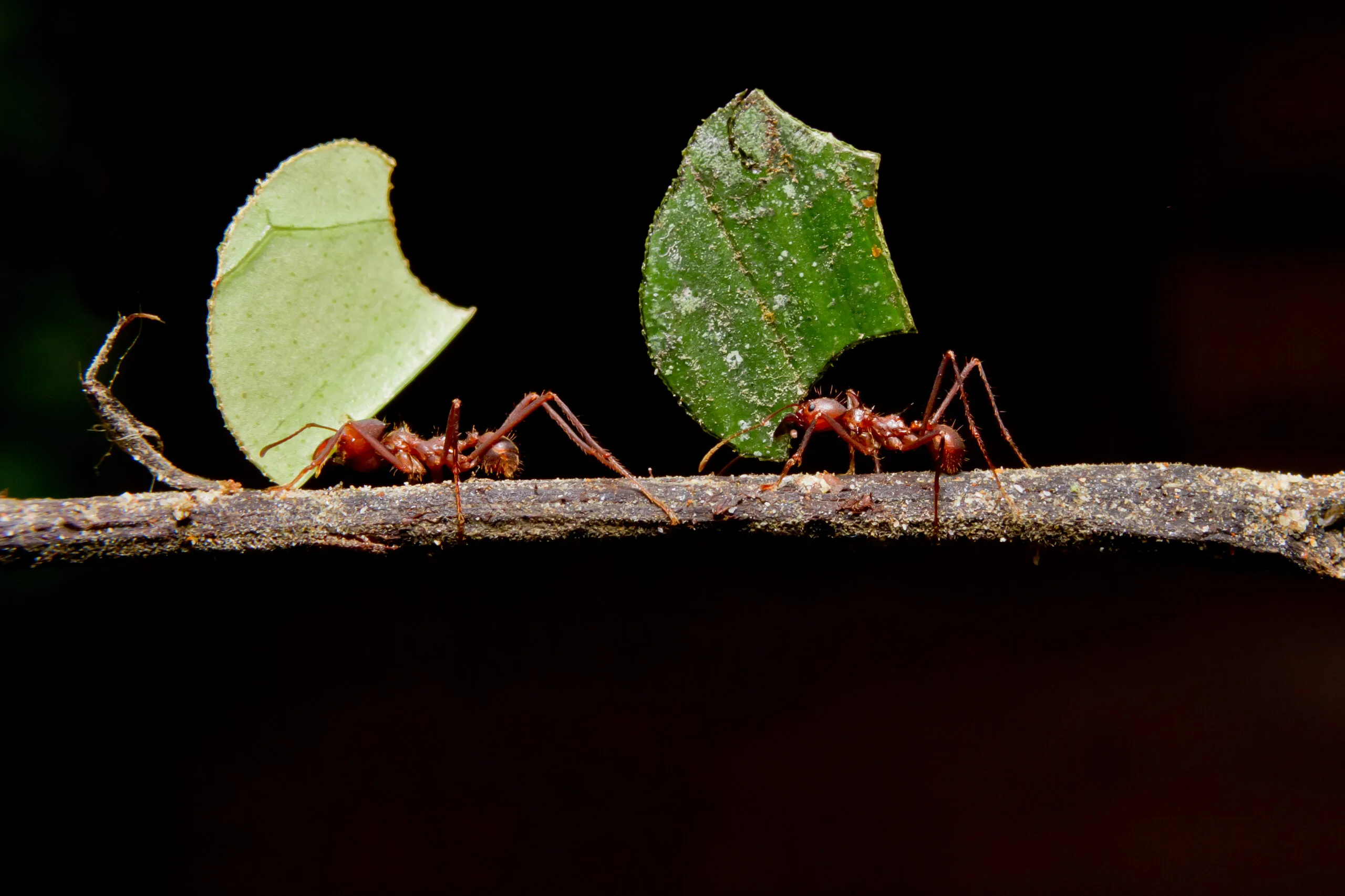We tend to think of agriculture as a human innovation. But insects beat us to it by millions of years. Various ant species cooperate with fungi, creating a home for them, providing them with nutrients, and harvesting them as food. This reaches the peak of sophistication in the leafcutter ants, which cut foliage and return it to feed their fungi, which in turn form specialized growths that are harvested for food. But other ant species cooperate with fungi—in some cases strains of fungus that are also found growing in their environment.
Genetic studies have shown that these symbiotic relationships are highly specific—a given ant species will often cooperate with just a single strain of fungus. A number of genes that appear to have evolved rapidly in response to strains of fungi take part in this cooperative relationship. But it has been less clear how the cooperation originally came about, partly because we don’t have a good picture of what the undomesticated relatives of these fungi look like.
Now, a large international team of researchers has done a study that traces the relationships among a large collection of both fungi and ants, providing a clearer picture of how this form of agriculture evolved. And the history this study reveals suggests that the cooperation between ants and their crops began after the mass extinction that killed the dinosaurs, when little beyond fungi could thrive.



You have the right idea but I gotta share my ant brainrot for a moment
Queens indeed do not rule nests and they are essentially the brood slave of a colony at worst, the colony’s sex-having consolidated into an individual at best. But Queens do make some big ass decisions when it comes to starting a colony, since they are the ones who, after mating (usually out in the open in a nuptial flight event), make the decision of where to dig the first tunnels of a new nest. They also care for the first generations very closely, even helping them out of their eggs and stuff, it rules.
Its probably worth mentioning though that this isn’t true across all ant species, since there’s a ton of variety. Some ants do no have morphologically distinct queens, as they are selected from among the workers in little ceremonies that scientists once though were dominance duels but now they think might be little cheerleading competitions to see who gets the crowd going best (awesome). Other ants don’t have queens at all and are parthenogenic, which has crazy consequences for the dispersal patterns of their offspring. And then you have the supercolonies with multiple queens which are worth their own effortpost